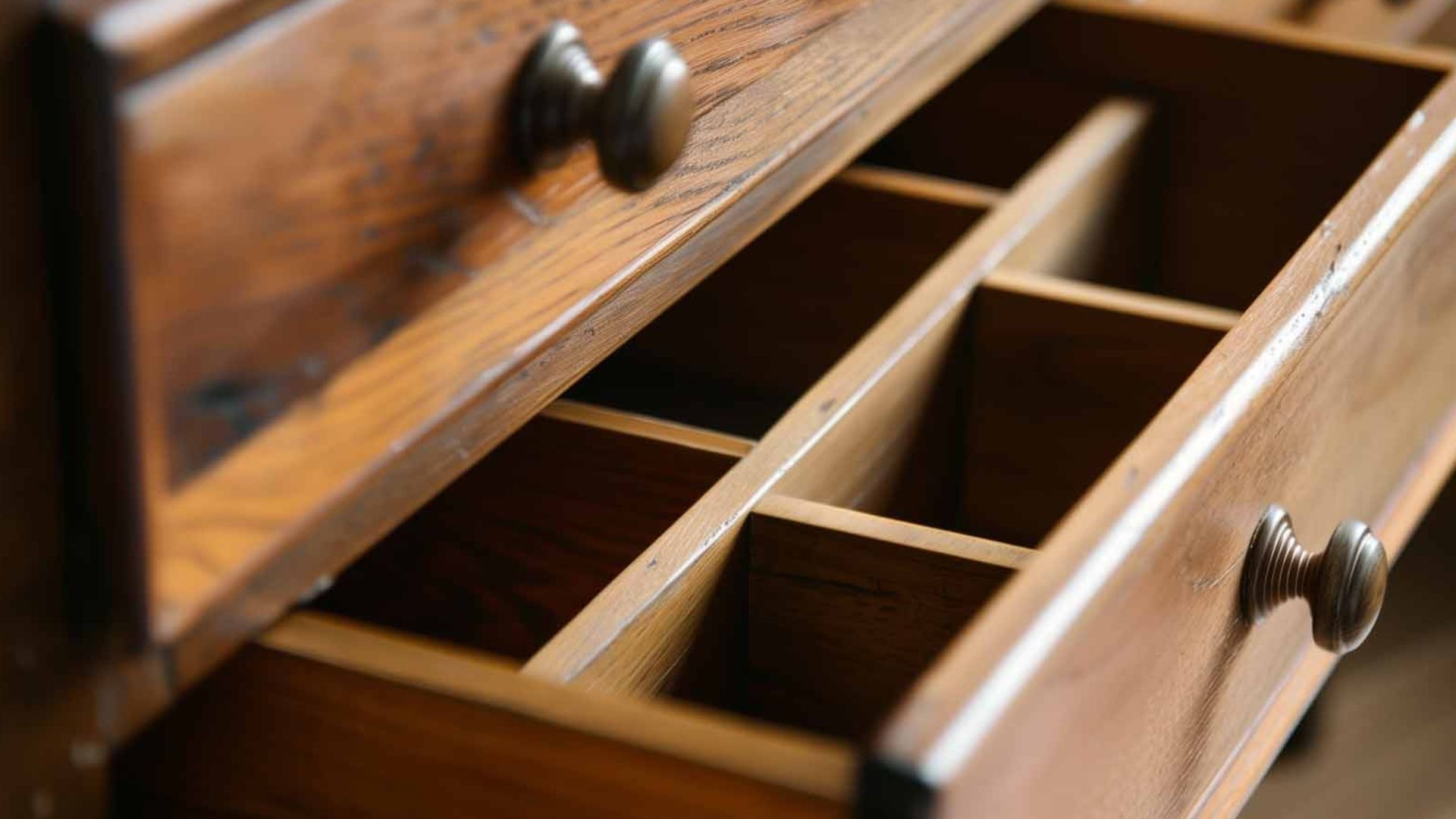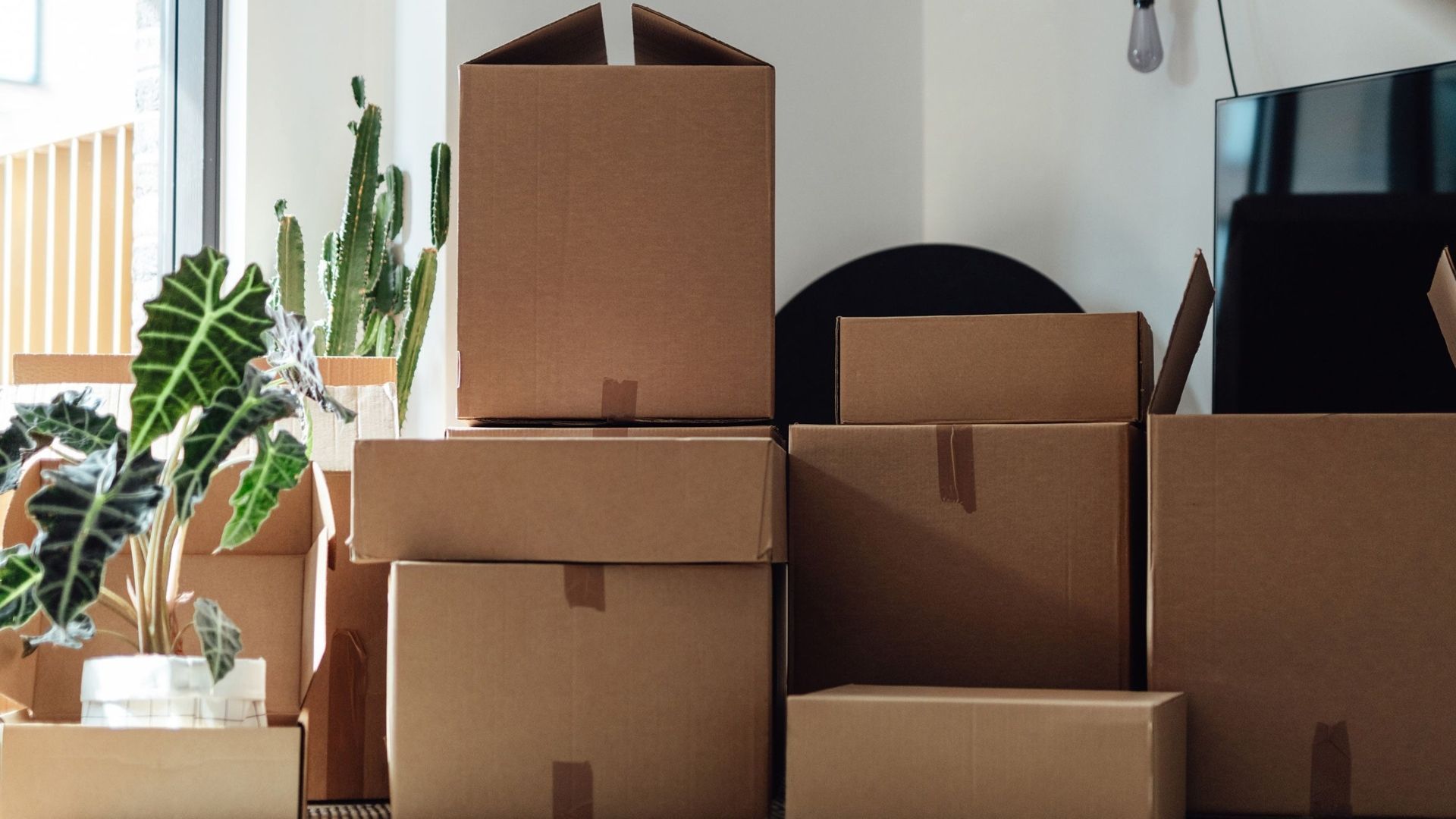What to Do with Smart Devices When Moving?
To most smart devices with you when moving, but some need special care. Smart speakers and plugs are easy to move, while fixed devices like smart thermostats and door locks need more planning. The key is deciding which devices to take and which to leave behind.
Why Smart Device Moving Matters
Smart homes are everywhere now. According to Statista, 69.91 million US households actively use smart home devices in 2024. With so many people using these devices, knowing how to move them safely is important.
According to MediaPost, 69% of households in the U.S. have at least one smart device, while 12% of those (about 22 million homes) have several. When you move, you need to protect your privacy and make sure your new home works well with your smart devices.
Which Smart Devices to Take vs. Leave Behind
Easy Devices to Take With You
These devices are simple to move and set up in your new home:
- Smart speakers (Amazon Alexa, Google Home)
- Smart plugs and outlets
- Smart light bulbs that screw into regular sockets
- Smart TVs and streaming devices
- Portable security cameras
- Smart sensors (motion, door/window)
- Smart appliances (if you own them)
Fixed Devices Often Left Behind
Some smart devices are harder to move or add value to your home sale:
- Smart thermostats - These control your heating and cooling
- Smart door locks - Built into your doors
- Video doorbells - Attached to your home's doorway
- Smart garage door openers - Part of your garage system
- Built-in security cameras - Wired into your home
- Smart irrigation systems - Connected to your yard's water system
- Smart light switches - Wired into your home's electrical system
Step-by-Step Guide for Devices You're Taking
Before Moving Day
1. Make a List of Your Devices
Write down all your smart devices. Include:
- Device names (what you call them in your apps)
- Brand and model numbers
- Which room they're in
- Any special setup needs
2. Update Everything
Update all your devices to the latest software. This helps prevent problems in your new home.
3. Back Up Your Settings
Save your device settings if possible. Many apps let you export your preferences. This saves time when you set up your new home.
4. Keep Your Network Name
If you can use the same WiFi network name and password in your new home, your devices will connect automatically. This makes setup much easier.
Packing Your Smart Devices
Use Original Boxes
If you still have the original boxes, use them. They're designed to protect your devices during shipping.
Label Everything Clearly
Write which room each device goes in. This helps you set up faster in your new home.
Pack Cables and Accessories
Keep all cables, power adapters, and instruction manuals with each device. Put them in clear bags and tape them to the device box.
Setting Up in Your New Home
1. Start with Your Router
Set up your internet connection first. Put your router in a central location for the best signal throughout your home.
2. Connect Devices One by One
Don't try to connect everything at once. Start with your most important devices and work your way down your list.
3. Update Location Settings
Some devices use your location for features like weather updates. Make sure to update these settings in your new home.
4. Test Everything
Check that each device works properly. Use your smart home app to make sure all devices show up and respond to commands.
Step-by-Step Guide for Devices You're Leaving Behind
Protect Your Privacy and Security
1. Factory Reset All Devices
This is the most important step. Factory reset your smart home devices prior to leaving the property. This removes all your personal information and settings.
2. Remove Devices from Your Apps
Log out of your smart home accounts on your phone and delete the specific devices from your smart home apps. This stops the devices from showing up in your phone.
3. Cancel Subscriptions
Turn off any monthly or yearly payments for services like:
- Security monitoring
- Cloud storage
- Premium features
- Warranty services
4. Delete Your Accounts
For devices you won't use again, delete your accounts completely. This removes all your data from the company's servers.
Help the New Owners
1. Create a Device List
Write down all the smart devices you're leaving behind. Include:
- Device names and locations
- Brand and model numbers
- What each device does
- Links to instruction manuals
2. Provide Setup Information
Leave basic setup instructions for each device. Include:
- How to connect to WiFi
- How to download the right apps
- Customer support contact information
3. Include Purchase Information
If you have receipts or warranty information, leave them for the new owners. This helps if they need repairs or support.
Privacy and Security Concerns
Why This Matters
According to research from New York University, smart home devices inadvertently expose personally identifiable information in thousands of real-world smart homes. Amazon's Alexa collects 28 out of 32 possible data points — over three times more than the average smart home device. Smart devices collect lots of personal information about your daily habits and routines.
A Deloitte study found that twenty-four percent of respondents with 20 or more devices in the home said they experienced two or more data breaches or security failures in the past year. The more devices you have, the higher your risk of problems.
Protecting Your Information
Change All Passwords
Change the passwords for all your smart home accounts after you move. This adds extra protection.
Check Your Account Activity
Look at your smart home accounts regularly. Make sure you don't see any strange activity from devices you left behind.
Review App Permissions
Check what information your smart home apps can access. Turn off permissions you don't need.
Use Two-Factor Authentication
Add an extra layer of security to your accounts. The Federal Trade Commission recommends using two-factor authentication for all smart home accounts. This makes it much harder for others to access your information.
Common Moving Mistakes to Avoid
Don't Leave Devices Connected
Never leave devices connected to your accounts. Even if you trust the new owners, this creates security risks.
Don't Forget About Hubs
Some smart devices need a central hub to work. If you're taking the devices, take the hub too. If you're leaving the devices, leave the hub.
Don't Skip the Reset
Always factory reset devices you're leaving behind. This protects both you and the new owners.
Don't Forget Cloud Services
Cancel cloud storage and other online services for devices you're leaving behind. You don't want to pay for services you're not using.
Setting Up Your New Smart Home
Start Small
Don't try to set up everything at once. Start with your most important devices and add more over time.
Check Your Internet Speed
Make sure your new home's internet can handle all your devices. According to Parks Associates, U.S. households own an average of 21 connected devices. All these devices need good internet to work well.
Plan Your Layout
Think about where to place your devices in your new home. Consider:
- WiFi signal strength
- Power outlet locations
- How you'll use each room
- Privacy concerns for cameras and microphones
Consider Professional Help
If you're not comfortable setting up your devices, consider hiring a professional. Many local movers also offer tech setup services.
Cost Considerations
Moving Costs
Factor in the cost of moving your devices:
- Proper packing materials
- Professional installation if needed
- Potential damage during the move
- Time to set everything up again
Replacement Costs
Sometimes it's cheaper to replace devices than move them. Consider:
- Age of your current devices
- Cost of new devices
- Installation fees
- Compatibility with your new home
Insurance Coverage
Check if your moving insurance covers electronic devices. Some policies have special rules for smart devices. The National Association of Insurance Commissioners provides guidance on what homeowners insurance typically covers during moves.
Future-Proofing Your Smart Home
Choose Portable Devices
When buying new smart devices, consider how easy they'll be to move. Portable devices give you more flexibility.
Keep Original Packaging
Save the boxes and manuals for your devices. This makes future moves much easier.
Document Everything
Keep a record of all your devices, including:
- Purchase dates and prices
- Warranty information
- Setup instructions
- Account information
Plan for Your Next Move
Think about your next move when setting up your new smart home. This helps you make better choices about which devices to buy and how to set them up.
Troubleshooting Common Issues
Devices Won't Connect
If your devices won't connect in your new home:
- Check your WiFi password
- Make sure your internet is working
- Try resetting the device
- Check if the device needs a software update
Missing Features
Some features might not work in your new home:
- Location-based features need updating
- Some services might not be available in your new area
- Your internet speed might affect performance
App Problems
If your smart home apps aren't working:
- Update the apps to the latest version
- Log out and log back in
- Check your phone's permissions
- Contact customer support if problems continue
Final Thoughts
Moving with smart devices doesn't have to be stressful. The key is planning ahead and taking the right steps to protect your privacy and security. Start by making a list of your devices and deciding which ones to take or leave behind.
For devices you're taking, focus on proper packing and keeping your network settings if possible. For devices you're leaving, always factory reset them and remove them from your accounts.
Remember that professional movers can help with more than just furniture. If you're moving in the Edmonton area, Last Stop Moving offers comprehensive moving services that can include help with your smart home setup.
Take your time setting up your new smart home. It's better to do it right than to rush and create security risks. With proper planning, your smart devices can make your new home comfortable and convenient from day one.
Ready to start your move? Get a free estimate from trusted Edmonton movers who understand the unique challenges of moving smart homes. Your smart devices are an investment in your comfort and security – protect them during your move.



